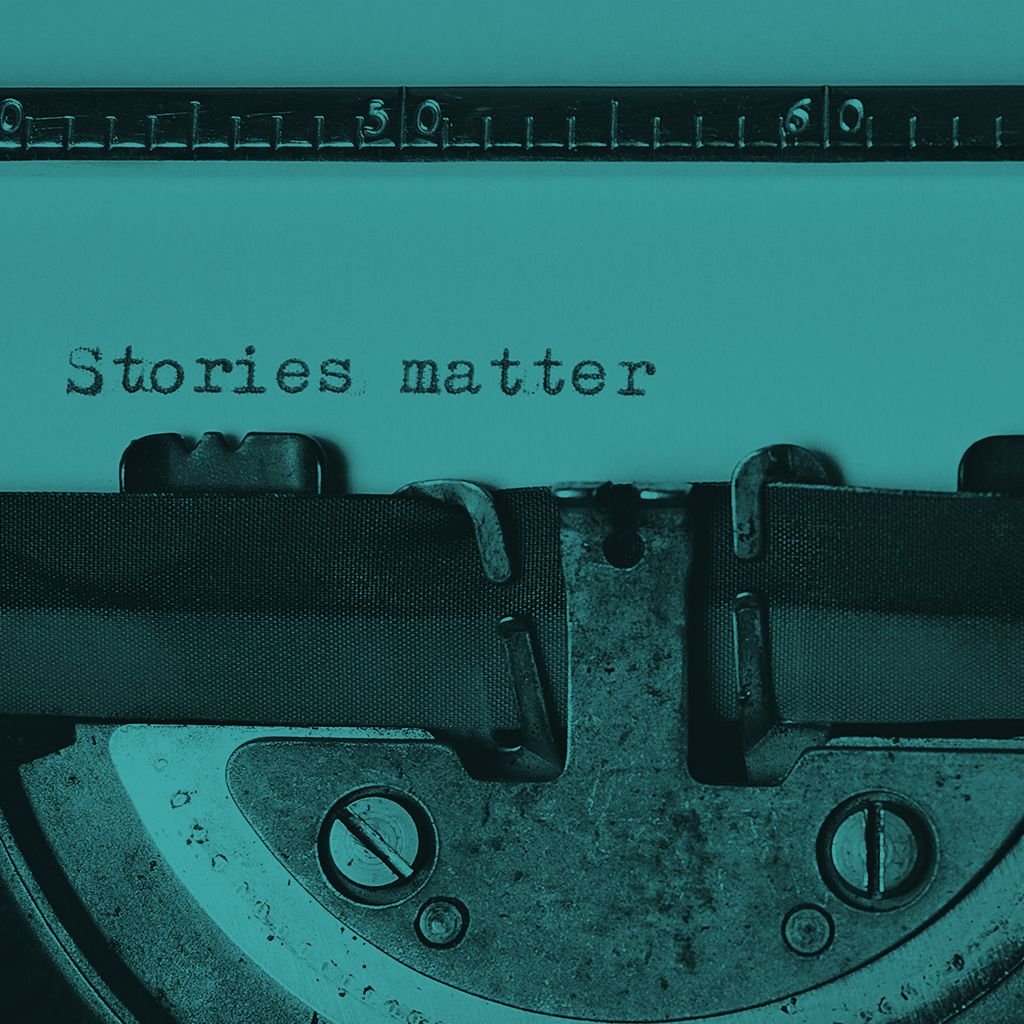Artificial intelligence, known colloquially as AI, will never replace humans because it is a machine and thus lacks the complexity of a human. Instead, it can and will make many human tasks less burdensome, and has answered that call for some time now. But in the same way hardwood floors show more depth of character than mass-produced laminate, or hand-stitched leather shoes wear better than factory-made knockoffs, copy that is written—or at least massaged—by an actual human is exponentially better than what any algorithm can produce alone. You’ve likely already heard about two popular AI ‘conversational’ tools getting a lot of media buzz: ChatGPT, the artificial intelligence platform created by research lab Open AI, and Google’s similar experimental product known as Bard. But what are the implications of asking them to stand in for real people when it comes to creating your ecommerce content?
Artificial Intelligence Is Old
What began as polymath Alan Turing’s visionquest in 1950 grew into a program only five years later that would serve as the basis for modern computers and AI as we know them now. The personal computer’s processing speed and memory have doubled roughly every year, while algorithms continue to grow more sophisticated. We take this technology for granted every time we ask our smart devices to power on an appliance or to answer a question. It influences what pops up in our social feeds while we scroll, and it auto-corrects our spelling in daily emails. Anticipating our thoughts, it even auto-suggests what we’re about to write, if sometimes to comedic effect. More recently it has brought us driver-assisted and even driverless cars. Rosey-the-Robot may have seemed ultramodern in the Jetsons’ ‘futuristic’ household, but she is a reality, if slightly smaller in stature and quieter in composure, in our households today.

The “Differential Analyser” was invented to “work out problems of too great length to be tackled by the human brain.”
The difference now is the accessibility of free-to-use artificial intelligence tools—and there’s the rub: AI is a tool marketing copywriters can leverage, for better or for worse, to create search engine optimized (SEO) content. Will it replace us? Not anytime soon if our aim is writing high-quality copy, but because the algorithms continue to grow more sophisticated, it is likely AI will become better at content creation than we can imagine right now. One plausible job title we might give the AI chatbot in the SEO copywriting sphere is assistant to the writer.
The Uniquely Human Element in Marketing Copy
While some industry experts suggest marketers can leverage AI to churn out SEO blog posts, articles, and other landing page content wholesale, we don’t recommend this practice. And why not? For several excellent reasons as you’ll see, but the anecdotal evidence suggests the quality of 100% AI-generated content, which is to say unretouched writing, is sometimes not only merely bad (or at least pedestrian), but often really most sincerely bad.
Notably, composition needs to speak to humans, and not to machines. This matters in marketing content, because even if what you publish on your ecommerce web page is well optimized, if it’s not accurate, engaging, and enjoyable, your readers (and potential customers) will ‘bounce’ and Google will ding your website and push down your content or categories filled with shiny widgets in the search engine results page (SERP).
AI Can’t Provide Unique Insights
We already know Google rewards unique content that shows depth of expertise and experience about a specific topic. The acronym E-E-A-T
Experience—that is, the author’s firsthand experience (or lack of it) with the topic
Expertise
Authoritativeness, and
Trustworthiness—the most important component
encapsulates a rubric Google plans to apply to all content, human- and machine-generated. But an algorithm is hard pressed to meet these standards.
We might ask ChatGPT for a numbered list of instructions describing how to bathe a dog, for example, and it’ll crank out some credible copy that explains the basic steps. But it can’t add nuance with language about the singular experience of being doused by a wet dog who decides to shake her coat at an inopportune moment, about the dog who howls dramatically through the entire ordeal, or about the bathtub escapee who finds a muddy puddle right after the bath. Unless AI can learn to capture these uniquely human experiences, it won’t be poised to write unique SEO content with an emotional intelligence that actually speaks to humans—and what is marketing copy after all, if it does not speak to humans.

AI Algorithms Get Important Details Wrong
We can’t afford inaccuracies when we’re writing or optimizing product copy, category copy, evergreen content, or blog posts for our clients. But if you’ve even noodled around a little with ChatGPT, you may have noticed this disclaimer in minuscule typeface, way down at the bottom of the screen:
ChatGPT may produce inaccurate information about people, places, or facts.
For kicks I asked it to generate a short paragraph describing ‘how to make a roux’—a standard thickening mix of flour and fat every aspiring chef learns to make in culinary school.

Then I asked my chef-husband to fact check it. “If you follow those instructions as written,” he opined, “you definitely won’t end up with a roux.” I pressed him to explain why: “A roux requires an equal amount of ingredients by weight and not by volume. So you’d need, for example, one pound of fat and one pound of flour, and not two cups of fat and two cups of flour—two cups of fat will equal a pound, but two cups of flour will not.”
AI chatbots use algorithms ‘trained’ by information available on the internet, along with human inputs. But while they mean to generate accurate and relevant responses to queries, they sometimes get the details wrong or leave out important ones, as the Open AI chatbot did in the roux instructions. Any content we deliver to a client must hew to the imperative of informational accuracy, or what I routinely call accuracy in reporting. So even if we can use the tool to save us some time, the ‘accuracy in reporting’ piece is still there and we beg for trouble when we assume everything the algorithm tells us is fact checked for accuracy.
For your ecommerce site, publishing AI-generated content without fact checking it can damage your site’s credibility (see ‘trustworthiness’ above) and harm your web pages’ rankings in the SERP. If you’re using ChatGPT, Google’s Bard, or another platform to write your content, then at a minimum we urge you to filter it through a trusted expert for inaccuracies. Better still, use a real human with expertise on the subject to compose the copy.
AI Chatbots Generate Duplicate Content
Marketing copywriters worth their salt know better than to hand in duplicate (read: plagiarized) content masquerading as their own, but a machine has no such ethical compass guiding what it generates. If you elect to use an AI platform to compose landing page copy on your ecommerce site, there is no guarantee the same platform has not generated exactly the same copy for another ecommerce site, or even for multiple websites. Aside from the potential legal ramifications of publishing duplicate content with your brand attached to it, so doing will also alert the search engines, which in turn will possibly punch your website farther down in the rankings. And anyway, who wants to be caught twinning, even unintentionally? Your story is unique and deserves its own telling, in your brand’s distinct voice.

Collaboration: Using AI as an Effective SEO Copy Assistant
Now we come to the usefulness of the tool. Asking an AI platform to help execute specific tasks to support your work—for example, generating an outline for longform content or doing basic keyword research—makes good sense. File these tasks under ‘burdensome’ and let the machine, the assistant to the writer, help you accomplish them. We’re already using AI tools to identify keywords and key queries, and to help organize the longform content we write. Even the ‘public’ version of ChatGPT in its current iteration is a potentially useful tool for content ideation and organization. I actually leaned on it to generate the outline I used for this blog post, but still changed it up quite a bit, jettisoned some ideas that struck me as repetitive, reordered some of the line items, and set aside a few others to tackle as separate topics entirely to make this post easier to digest.
Beyond using the tool for an outline alone, when we asked it directly, “Can you use ChatGPT for copywriting?” it answered with a resounding yes, followed by an ordered list showing how to do it, as follows (I omitted the longer detailed instructions):
- Specify the task.
- Provide relevant context.
- Experiment with prompts.
- Review and edit.
- Fine-tune.
- Stay within ethical boundaries.
Notably, in its preamble GPT told us it was capable of generating “human-like” text. And in the postlude, said this: “Remember that while GPT-3.5 is a powerful language model, it’s not a replacement for human creativity and expertise. Use it as a collaborative tool [emphasis mine] to augment your copywriting efforts and bring new ideas to the table.” So in the day-to-day, we anticipate doing just that—using AI as a collaborative tool, and not a replacement, to work more efficiently and still create the best possible SEO content for our clients.
Years ago I asked a dear friend and classics professor to pen an article about the relevance of teaching Latin (yes, Latin!) in middle school, for an academic journal I was editing at the time. In it he opined that French was fine, but Latin was the true language of lovers, the homework he did with his girlfriend, because every word held a “special weight, feel, and taste” to yield a singularly sensuous experience—“Virgil’s rolling thunder and Catullus’ anguished cries.” And there it is, the uniquely human expression artificial intelligence can replicate superficially at best, but not with authenticity, and the difference is nearly always painfully visible with the naked eye.
How does this bear upon marketing copy that’s meant to help you define your brand or sell lots of fleece quarter-zip pullovers? As one content expert put it so beautifully, the answer is fairly simple: “It’s your story. Tell it well.” In short, leaning on the tool alone to create your ecommerce marketing copy is a bust.
George Jetson got a deal on Rosey because she was a floor model. But even unboxing a shiny, new full-price robot and relying on it to do all the heavy lifting can jeopardize your brand. If you care about it, think twice about taking this approach, tempting though it is, and instead choose human oversight. The talented human copywriting team at Eight Oh Two Marketing comes to the table hungry to E-E-A-T. Ready to talk? Contact us and let us show you how we can help.





